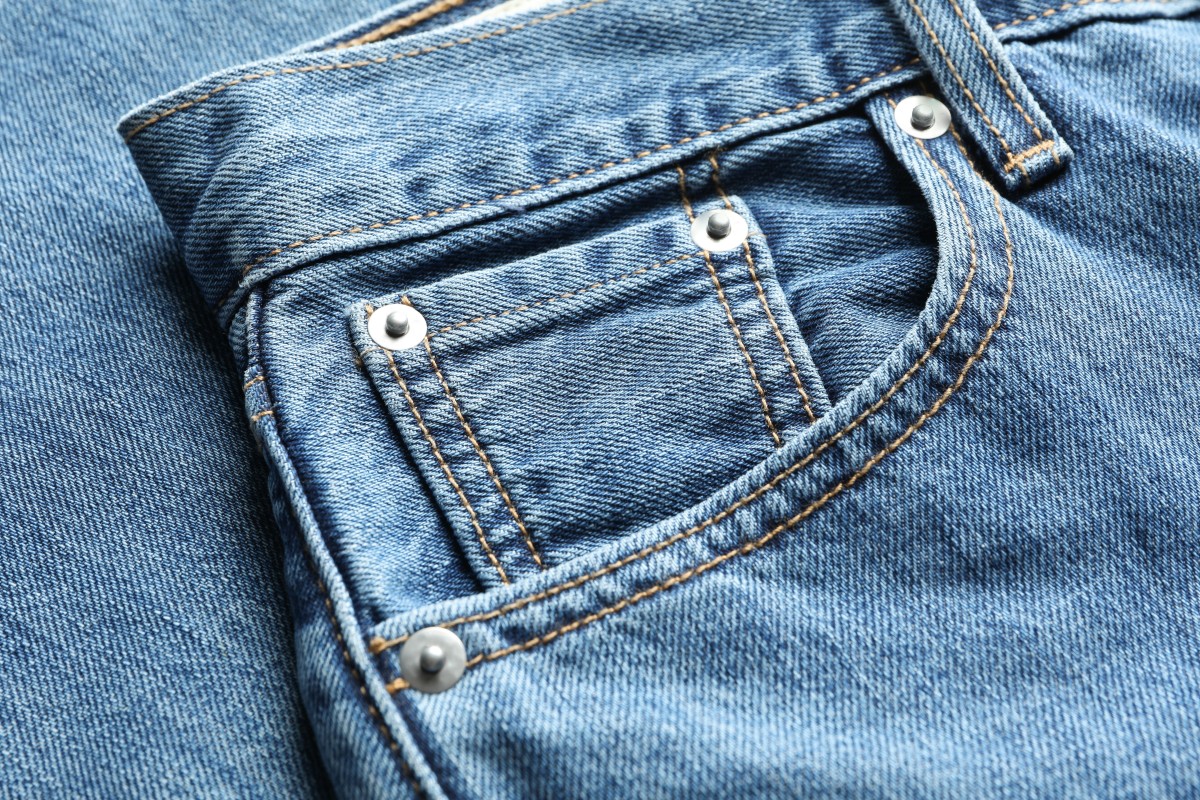
Fashionable and functional: explaining those misunderstood elements on your clothes
- Have you ever wondered why your jeans have a tiny pocket too small to fit anything, or why your winter hat needs a pom pom?
- Read up on why your Converse shoes have that hole
 You ever wonder what those bits and bobs on your clothes do? Wonder no more.
You ever wonder what those bits and bobs on your clothes do? Wonder no more. Fashion has certainly evolved over the years, but even in the most updated pieces of clothing, you can still find remnants of the original design. Have you ever asked yourself why there are holes on the sides of your Converse, or what the ridiculously small pocket in your jeans is for? Here we explain these mysterious design elements.
Little jeans pocket
Why, you might ask, do your jeans have a fifth pocket that you can barely fit two fingers into? Perhaps you’ve tried to jam some loose change into that pocket, but its actual purpose was to hold pocket watches back in the 19th century. The tiny pocket was a revolutionary invention that protected people’s watches from damage, but now it just gives jeans that nice vintage look.
Finding yourself with too many clothes? Check out where you can recycle them!
Metal rivets on jeans
The metal rivets on your jeans (which kind of look like one half of a snap button) may seem to only be there as decorative elements, if anything. But they are actually there to reinforce the parts of your jeans that are most prone to breakage. This was most necessary, perhaps, in the 1870s, when many labourers would wear jeans to work.
Half-belts on coats
You may have seen a half-belt on the back of a coat or trench coat and thought it was just for fashion, but the original purpose of the half-belt was more functional back when large coats doubled as blankets for soldiers. Half-belts played an important role in gathering the excess material when being worn as coats so that soldiers could walk freely.
Side holes in Converse
The iconic design of Converse shoes is one that’s stood the test of time. One of its most distinctive characteristics is the two holes on the shoe’s sides. While they do help to ventilate your shoes, they are actually there for laces. Their popular Chuck Taylors were originally designed for basketballers and players would use the extra lace holes to create a more comfortable fit.
How to buy your first suit: an expert's guide
Holes on the top of running shoes
Similar to Converse shoes, you might find extra lace holes at the top of your trainers. Those who don’t know any better would simply ignore them, but professional athletes – particularly runners – would use them to create a so-called “heel-lock” with their laces, which makes their shoes more secure.
Beanie pom-pom
Some of you might think pom-poms are added to beanies to make them look cuter or that they’re just a decorative way of covering up the seam at the top. But little do people know that this style of hat used to be worn by sailors, and the pom-poms were there to protect their heads when the waters were rough.
Triangles sewn into sweatshirts
Sometimes you might find stitching that forms an upside-down triangle underneath the neckline of your sweatshirt. It’s quite a common design, but what’s the point? If all there is is stitching, there is no point. But in the 1920s, there would be a triangular patch of ribbed cotton sewn under the collar of sweatshirts to absorb, you guess it, sweat.
How to stop sweating so much with these 4 simple tips
Diamond patches on backpacks
You may have noticed that a lot of backpacks have diamond patches with two slits in them. While they might add to your bag’s aesthetic, they also have a more practical use. If you’re a seasoned hiker, you might have used them to hang your shoes or extra gear on your bags. This helps free space inside your backpack so that you can fit a few more energy bars!
The loop on the back of shirts
We don’t need to tell you to keep your dress shirts on a hanger to stop them from wrinkling. But did you know there is another way to keep them from getting wrinkled? If there’s a little loop on the back of your shirt, you can use it to hang your shirt on a hook. The loop was invented by some university students around the 1960s, which came in handy as many of them had to keep their clothes in lockers with hooks.